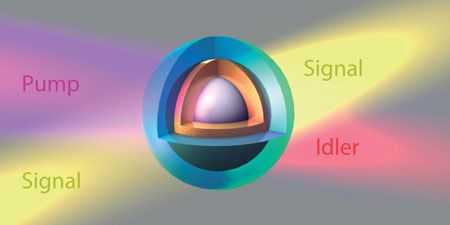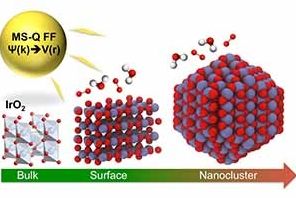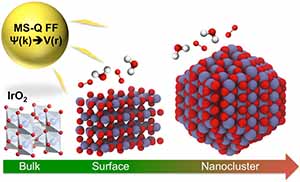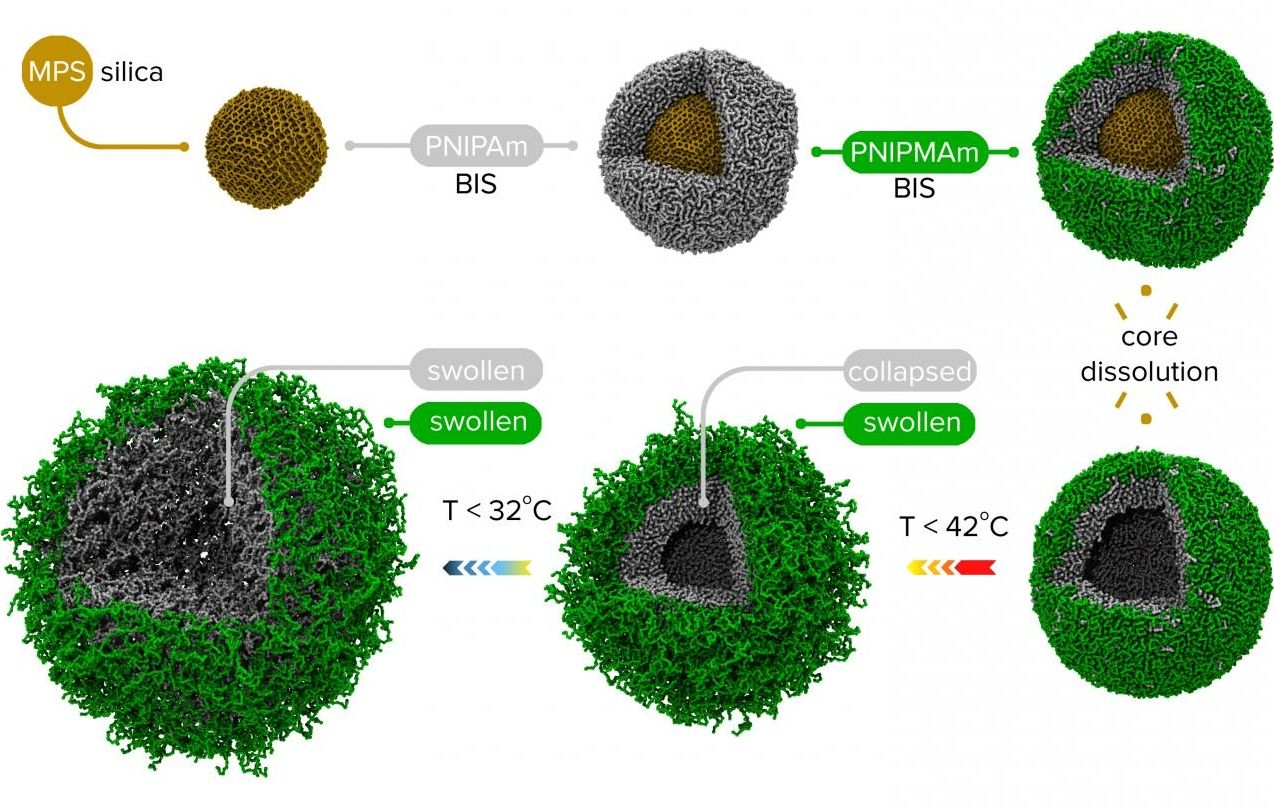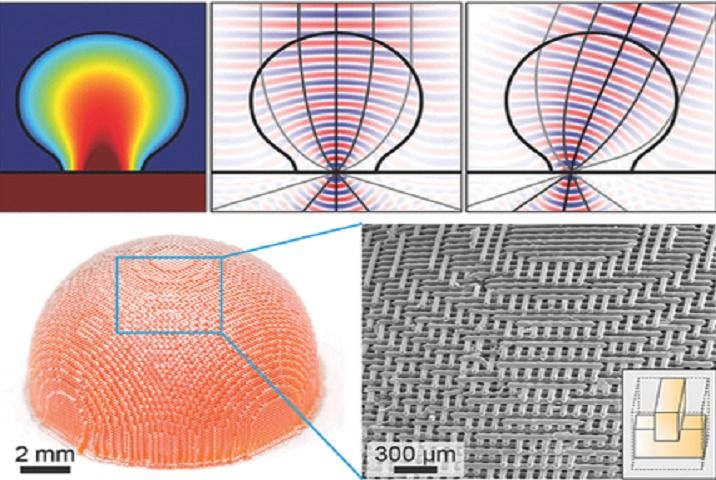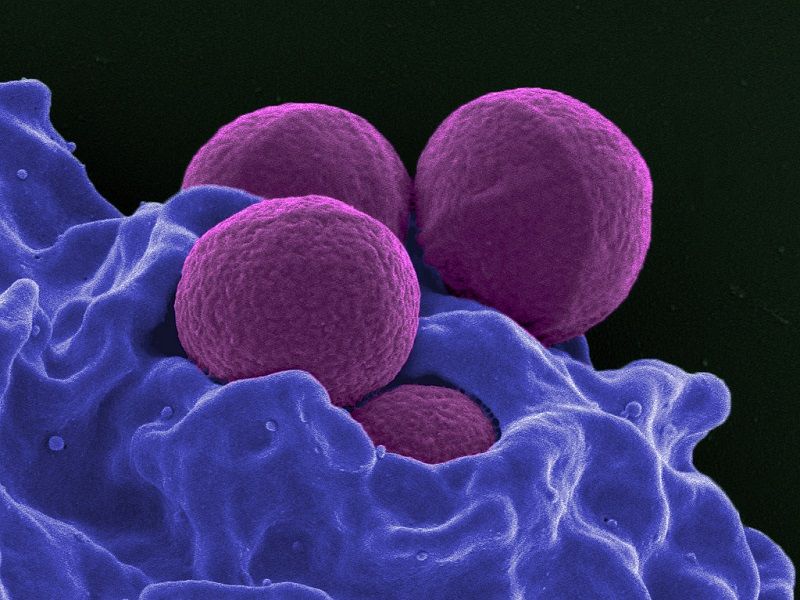May 9, 2016
Photonics researchers create first nanoscale ‘optical parametric amplifier’
Posted by Karen Hurst in categories: energy, nanotechnology
Nice
Rice University photonics researchers have unveiled a new nanoparticle amplifier that can generate infrared light and boost the output of one light by capturing and converting energy from a second light.
The innovation, the latest from Rice’s Laboratory for Nanophotonics (LANP), is described online in a paper in the American Chemical Society journal Nano Letters (“Toward Surface Plasmon-Enhanced Optical Parametric Amplification (SPOPA) with Engineered Nanoparticles: A Nanoscale Tunable Infrared Source”). The device functions much like a laser, but while lasers have a fixed output frequency, the output from Rice’s nanoscale “optical parametric amplifier” (OPA) can be tuned over a range of frequencies that includes a portion of the infrared spectrum.
Continue reading “Photonics researchers create first nanoscale ‘optical parametric amplifier’” »
